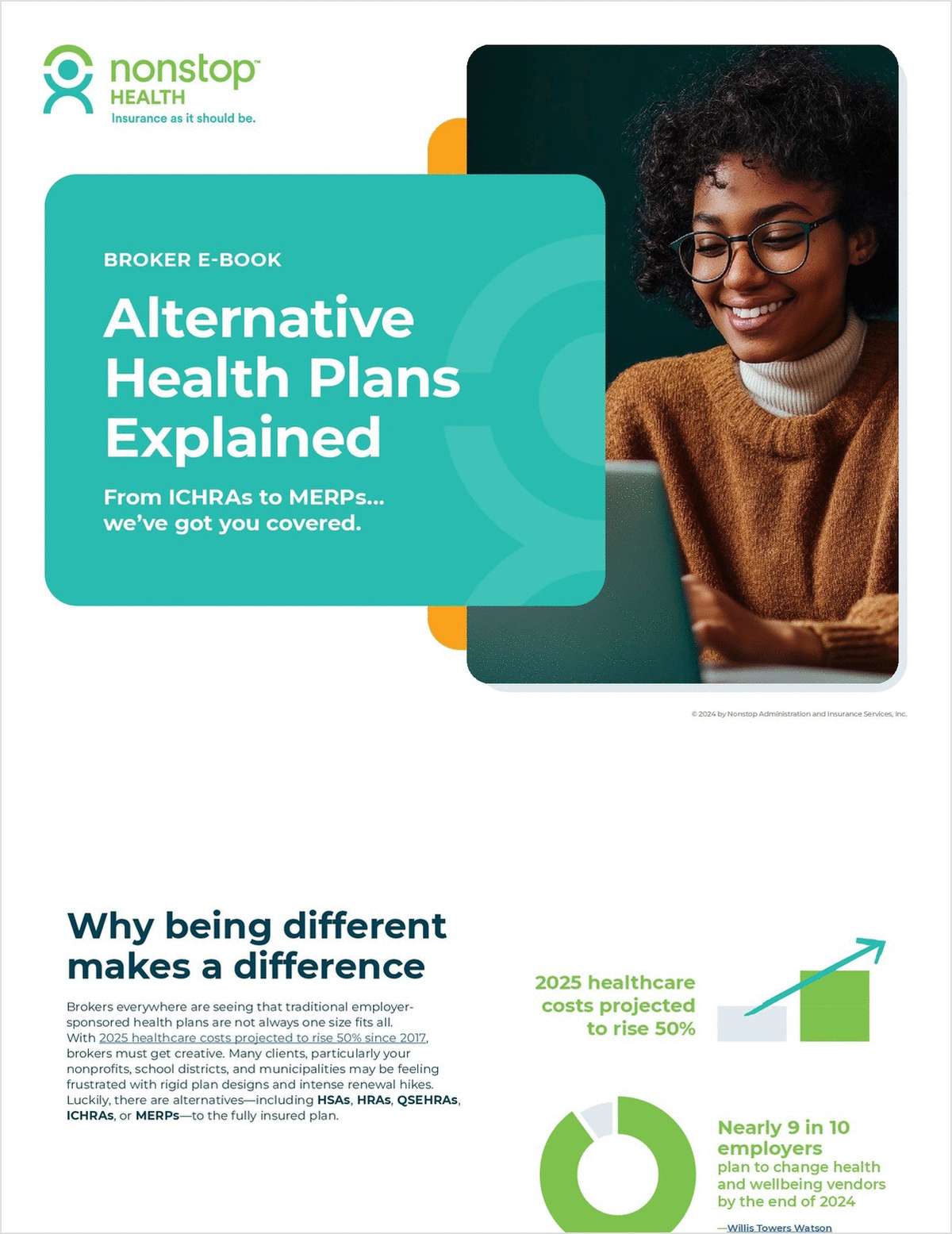The Bipartisan Budget Act of 2018, signed early on Friday morning after a delayed vote in the Senate forced a brief government shutdown, included technical provisions that impact hardship withdrawals from retirement plans.
One provision allows defined contribution plan participants to continue deferring savings to plans after they have taken out hardship withdrawals.
Previously, contributions were prohibited for six months. The revision applies to plans beginning next year.
Participants will also be able to tap assets in profit-sharing plans, employer matches, and earnings on contributions for hardship withdrawals. And participants will not be required to first take out a plan loan before claiming a hardship withdrawal.
The budget deal also extends relief to victims of the California wildfires, who will be able to draw up to $100,000 from qualified plans without paying the 10 percent early withdrawal tax. Comparable relief was extended to victims of last year’s hurricanes.
The budget deal did not include limitations of pre-tax contributions to retirement plans.
Last year, Congress scuttled proposals to place limits on pre-tax contributions in the lead up to the Tax Cuts and Jobs Act.
Though proponents of the existing retirement system dodged another bullet in the most recent budget negotiations, Geoff Manville, a principal at Mercer, said retirement plans will continue to be in play as potential revenue raisers for Congress.
“That includes so-called Rothification,” Manville recently told BenefitsPRO, referring to proposals to cap pre-tax contributions to defined contribution plans and IRAs.
Last fall, Republican lawmakers were reportedly considering capping pre-tax contributions to 401(k) plans at $2,400. Deferrals above that threshold would be made on an after-tax, or Roth basis. President Trump emphatically denounced the idea.
“I don’t think there will be any consideration to something as big as that proposal,” said Manville, who works on Mercer’s government affairs team and is based in Washington, D.C. “That’s not in the cards. But more modest revenue raisers could still be attractive pay fors going forward.”
Manville says the $2,400 threshold was likely drawn from data on median 401(k) contributions.
Later provisions in the proposed tax legislation included eliminating pre-tax catch-up contributions for higher earners, and removing special catch-up provisions for participants in 403(b) plans. Both were removed from the final tax bill, and neither was used to raise revenue in the budget deal.
The Bipartisan Budget Act adds $420 billion of debt in temporary spending increases. Economists at the Committee for a Responsible Federal Budget estimate the deal could add $2 trillion in debt over 10 years if temporary provisions are made permanent.
At some point, lawmakers may be left with little choice but to revisit the tax treatment of retirement plans, suggested Manville.
Pre-tax contributions to 401(k) plans and IRAs account for hundreds of billions in so-called foregone revenue when considering the federal budget within a 10-year window.
But withdrawals from traditionally structured retirement plans are of course ultimately taxed in retirement, as opposed to Roth withdrawals, which are taken tax-free.
That reality raises real questions as to whether or not pre-tax contributions are ultimately more valuable to federal coffers than Roth contributions.
The consensus among retirement experts is that saving on a Roth basis makes sense for some; younger savers and wealthier savers can benefit from a plan that allows for tax-free retirement income.
But most experts also agree that middle-class savers need tax incentives to save the maximum amount, or at least enough to benefit from employer matches.
Manville said that Mercer would not support any policy that disincentivized retirement savings, even if it only impacted catch-up contributions for higher earners.
“It’s a bad idea to experiment with people’s retirement plans,” he said. “Thinking in terms of short-term revenue considerations has the potential to damage retirement security prospects. We wouldn’t be inclined to support anything that diminishes current incentives. People need all the incentives they can get.”
Complete your profile to continue reading and get FREE access to BenefitsPRO, part of your ALM digital membership.
Your access to unlimited BenefitsPRO content isn’t changing.
Once you are an ALM digital member, you’ll receive:
- Breaking benefits news and analysis, on-site and via our newsletters and custom alerts
- Educational webcasts, white papers, and ebooks from industry thought leaders
- Critical converage of the property casualty insurance and financial advisory markets on our other ALM sites, PropertyCasualty360 and ThinkAdvisor
Already have an account? Sign In Now
© 2024 ALM Global, LLC, All Rights Reserved. Request academic re-use from www.copyright.com. All other uses, submit a request to [email protected]. For more information visit Asset & Logo Licensing.








